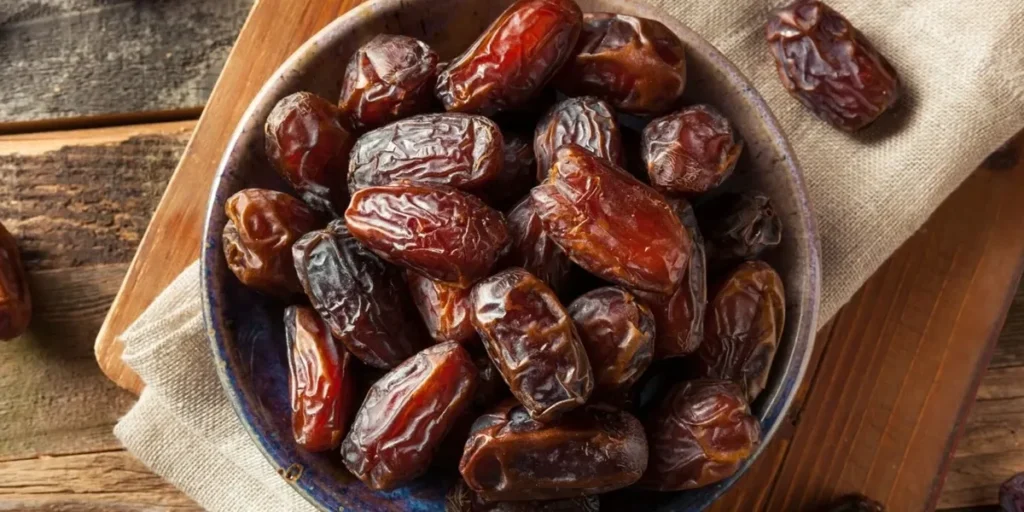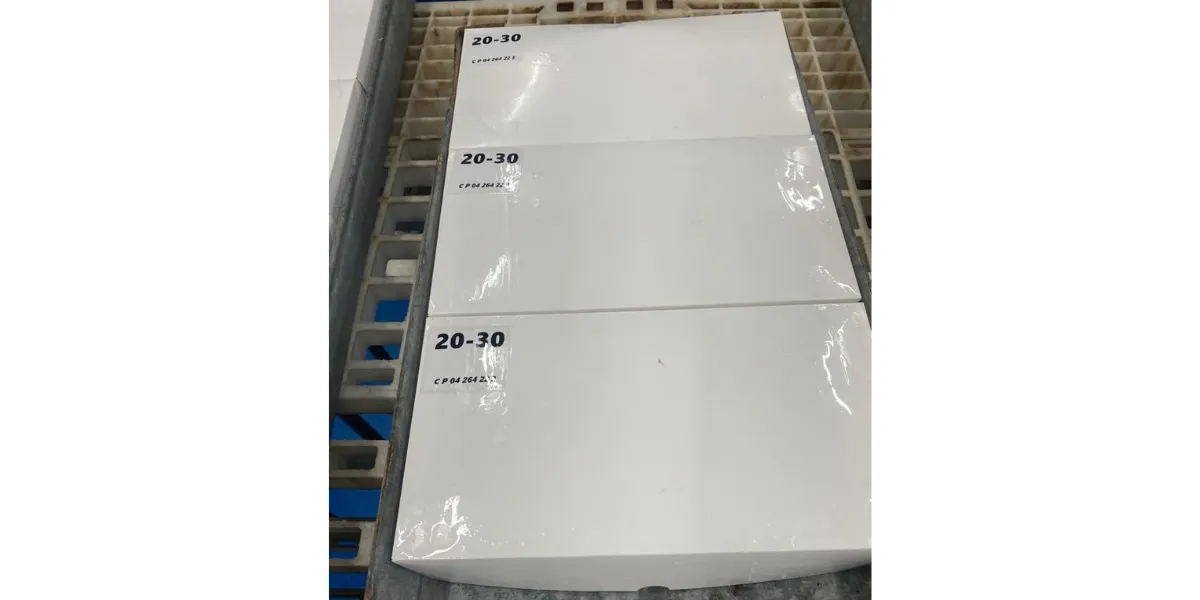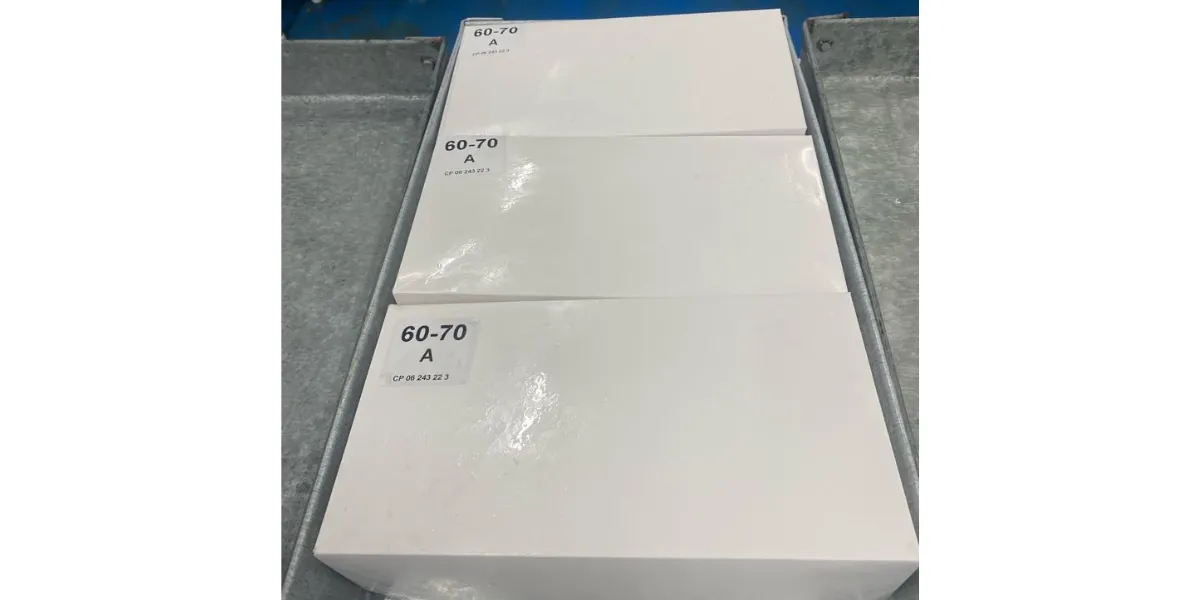Dates have long been celebrated as a nutritious and culturally significant fruit, cherished in Middle Eastern and North African regions. In recent decades, the global interest in dates has surged, fueled by their natural sweetness, versatility, and health benefits of dates. Countries like Iran, Saudi Arabia, Egypt, and Tunisia have become major exporters, meeting increasing demand in Europe, North America, and Asia. Yet, exporting dates is not without hurdles. Companies and producers face logistical, regulatory, and market-related obstacles. Understanding and addressing these date export challenges is crucial for maintaining competitiveness and capitalizing on global opportunities. This article explores the key challenges, market potential, and strategies that can help exporters thrive in this growing industry.
Global Market Overview
The international trade in dates has grown steadily, with exports surpassing $2 billion annually. Key producers focus on high-quality varieties that appeal to health-conscious and gourmet consumers worldwide.
| Country | Major Date Varieties | Annual Export Volume (tons) | Primary Markets |
|---|---|---|---|
| Iran | Mazafati, Piarom, Sayer | 300,000+ | Europe, Asia |
| Saudi Arabia | Ajwa, Safawi | 200,000+ | GCC, USA |
| Tunisia | Deglet Noor | 150,000+ | France, Germany |
| Egypt | Hayany, Siwa | 180,000+ | Africa, Middle East |
Exporters in Iran are particularly noted for their diverse Iranian date varieties, while premium options like Medjool dates are favored in North America and Europe. These products not only satisfy taste preferences but also offer nutritional benefits and cultural value.
Key Date Export Challenges
Exporting dates involves navigating a range of obstacles that can affect both profitability and market access.
a. Regulatory and Compliance Issues
Different countries impose strict import standards, including labeling, pesticide residue limits, and quality certifications. Exporters must comply with multiple regulations, which can be time-consuming and costly.
b. Quality Preservation
Dates are perishable, especially soft varieties such as Mazafati and Medjool. Maintaining freshness during shipping requires temperature-controlled logistics, vacuum packaging, or modified atmosphere techniques.
c. Logistics and Transportation
Long-distance transportation, especially to regions like Europe or North America, requires efficient supply chains. Delays or poor handling can lead to spoilage, reducing both marketability and revenue.
d. Market Competition
With several major producers in the market, differentiating products is a challenge. Iranian exporters must compete not only on quality but also on price, branding, and packaging to capture market share.
e. Seasonal Fluctuations
Dates are seasonal, leading to supply peaks and troughs that can complicate export planning. Market demand often outpaces availability during certain periods, impacting pricing stability.
Strategies to Overcome Export Challenges
Despite these hurdles, successful exporters employ a combination of innovation, quality management, and market intelligence to thrive.
1. Advanced Packaging Solutions
Investing in modern packaging methods—such as vacuum-sealed bags, modified atmosphere packaging, and eco-friendly materials—helps extend shelf life and enhance product appeal.
2. Quality Control and Certification
Implementing strict quality assurance and obtaining certifications (ISO, HACCP, Organic) builds trust with international buyers.
3. Efficient Supply Chain Management
Optimizing transportation routes, collaborating with logistics partners, and using cold chain systems ensures timely delivery and product integrity.
4. Market Diversification
Exporters can reduce risk by targeting multiple regions and exploring emerging markets such as China, South Korea, and Canada.

Regional Market Trends
Understanding consumer preferences in different regions is essential for addressing date export challenges effectively.
- Europe: Consumers prefer organic, eco-friendly, and minimally processed dates. Packaging with traceability and sustainability credentials is highly valued.
- North America: Premium varieties like Medjool are favored for their softness and sweetness. Convenience packaging and resealable options are important.
- Asia-Pacific: Emerging markets like China, Japan, and South Korea show growing demand for premium and health-focused dates.
- Middle East: Traditional markets continue to value gift packaging, luxury boxes, and culturally significant varieties.
Adapting products and packaging to match these preferences helps exporters gain competitive advantage.
Navigating Logistical and Storage Challenges
Efficient logistics and storage systems are key to preserving quality and minimizing losses. Exporters use a combination of strategies:
- Cold Storage Facilities: Soft dates require refrigeration at 0–5°C to maintain freshness for weeks.
- Modified Atmosphere Packaging (MAP): Replacing oxygen with nitrogen or carbon dioxide delays spoilage.
- Vacuum Packaging: Reduces oxidation and microbial growth.
- Efficient Customs Handling: Fast processing at ports prevents delays that can affect shelf life.
Proper management of these factors ensures that dates arrive in excellent condition, satisfying both consumers and importers.
Marketing Strategies to Maximize Market Potential
Effective marketing is crucial to overcoming date export challenges and reaching wider audiences.
a. Highlighting Health and Nutritional Benefits
Educating consumers about the health benefits of dates—such as high fiber content, potassium, and antioxidants—can drive demand in health-conscious markets.
b. Cultural Storytelling
Sharing stories about traditional cultivation methods and the origin of varieties, such as Mazafati or Piarom, connects buyers to the product’s authenticity.
c. Digital Marketing and E-commerce
Online platforms allow exporters to reach global consumers directly, offering branded packages and subscription services for premium dates.
d. Participation in Trade Fairs
Events like SIAL, Gulfood, and Anuga enable exporters to showcase product quality, packaging innovations, and secure contracts with international buyers.
The Role of Technology in Export Success
Technological integration can help mitigate date export challenges by enhancing quality, traceability, and efficiency.
- Blockchain Traceability: Ensures authenticity and builds consumer confidence.
- IoT Monitoring: Tracks temperature and humidity during shipping.
- Automated Sorting: Improves consistency in size, weight, and quality grading.
- Data Analytics: Helps forecast demand and optimize supply chain decisions.
By leveraging these tools, exporters can deliver consistent, high-quality products to international markets.
Case Study: Iranian Dates and Market Opportunities
Iran is one of the largest date producers and exporters, with a wide array of Iranian date varieties. Soft and semi-dry types like Mazafati and Piarom are particularly prized. To capture market potential, Iranian exporters focus on:
- Premium Packaging: Vacuum-sealed, aesthetically appealing boxes.
- Eco-Friendly Practices: Sustainable farming and recyclable materials.
- Brand Differentiation: Emphasizing quality, origin, and nutritional benefits.
- Market Expansion: Targeting emerging markets in Asia and premium sectors in Europe and North America.
Exploring Iranian dates vs Medjool dates offers insight into how variety selection impacts export strategy, logistics, and market positioning.
Financial Considerations and Risk Management
Exporting dates requires careful financial planning to navigate date export challenges:
- Cost Analysis: Includes production, packaging, transportation, and certification expenses.
- Currency Fluctuations: Exchange rate volatility can impact profit margins.
- Insurance: Protects against losses due to spoilage, shipping accidents, or delays.
- Trade Agreements: Leveraging free trade agreements can reduce tariffs and open new markets.
By proactively managing financial risks, exporters can sustain growth while maintaining competitiveness.
Environmental and Social Responsibility
Modern consumers increasingly demand products that align with sustainability and ethical practices.
Key Strategies:
- Sustainable Farming: Minimizing chemical use, conserving water, and protecting soil.
- Fair Labor Practices: Ensuring safe and equitable working conditions.
- Eco-Packaging: Reducing plastic usage and employing biodegradable materials.
- Community Engagement: Supporting local communities through cooperatives and educational programs.
Adopting these measures helps exporters meet global standards and enhances brand reputation.
Overcoming Market Saturation
In highly competitive markets, differentiation is essential. Strategies include:
- Offering niche products such as organic, naturally dried, or premium gift sets.
- Emphasizing health benefits of dates and functional foods for wellness-focused consumers.
- Leveraging storytelling around origin, culture, and sustainable practices.
- Collaborating with local influencers, chefs, or nutritionists to increase product visibility.
These approaches help exporters capture market share despite global competition.
Future Trends in Date Exports
The global market for dates is evolving, and exporters must stay ahead of trends to overcome date export challenges:
- E-commerce Growth: Online sales platforms allow direct access to end consumers.
- Premiumization: Consumers are willing to pay for high-quality, sustainably produced dates.
- Technological Integration: Smart packaging and IoT monitoring improve supply chain efficiency.
- Sustainability Focus: Environmental certifications and eco-packaging become differentiators.
- Health and Wellness Marketing: Emphasizing functional foods and natural ingredients drives demand.
Adapting to these trends ensures long-term success and profitability.
Conclusio
Exporting dates presents a complex but rewarding opportunity. By understanding date export challenges—ranging from logistics and regulations to market competition—exporters can develop strategies that ensure product quality, preserve nutritional value, and expand global reach.
Innovation in packaging, sustainable farming practices, technology integration, and targeted marketing can help exporters capture market potential and satisfy the growing demand for high-quality dates. Whether focusing on Iranian Dates, exploring Iranian date varieties, or comparing Iranian dates vs Medjool dates, success in international trade relies on combining tradition with modern solutions.
By addressing challenges proactively and embracing market opportunities, date exporters can thrive in a dynamic global industry while promoting health, culture, and sustainability.




